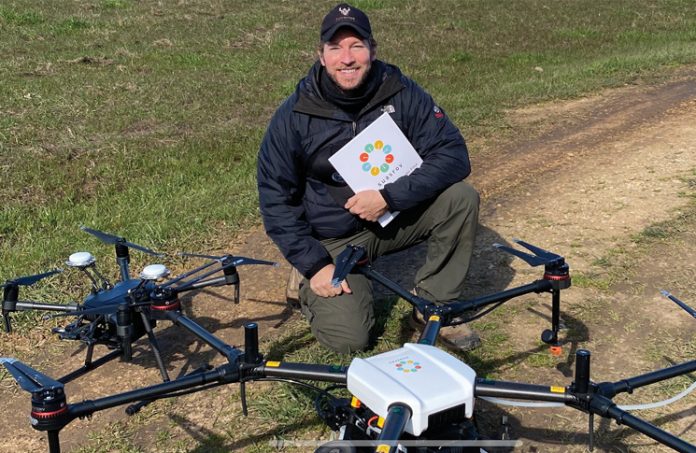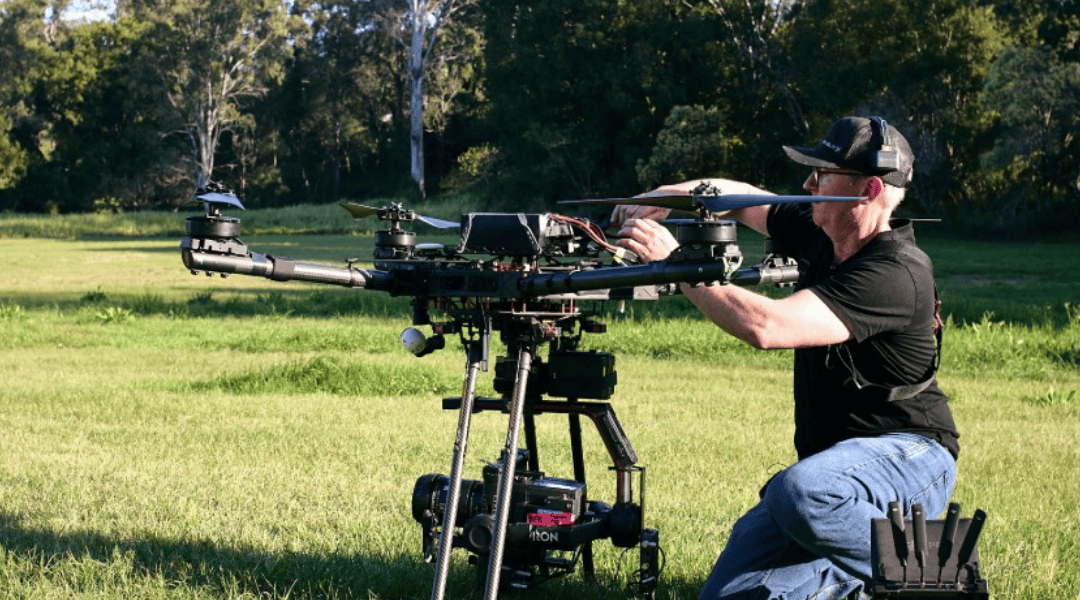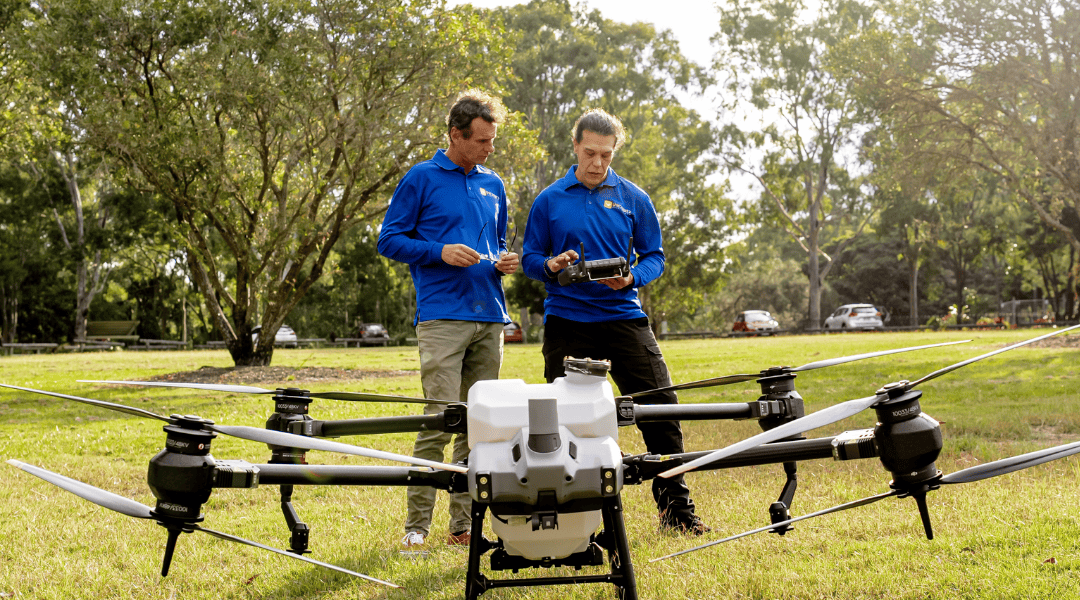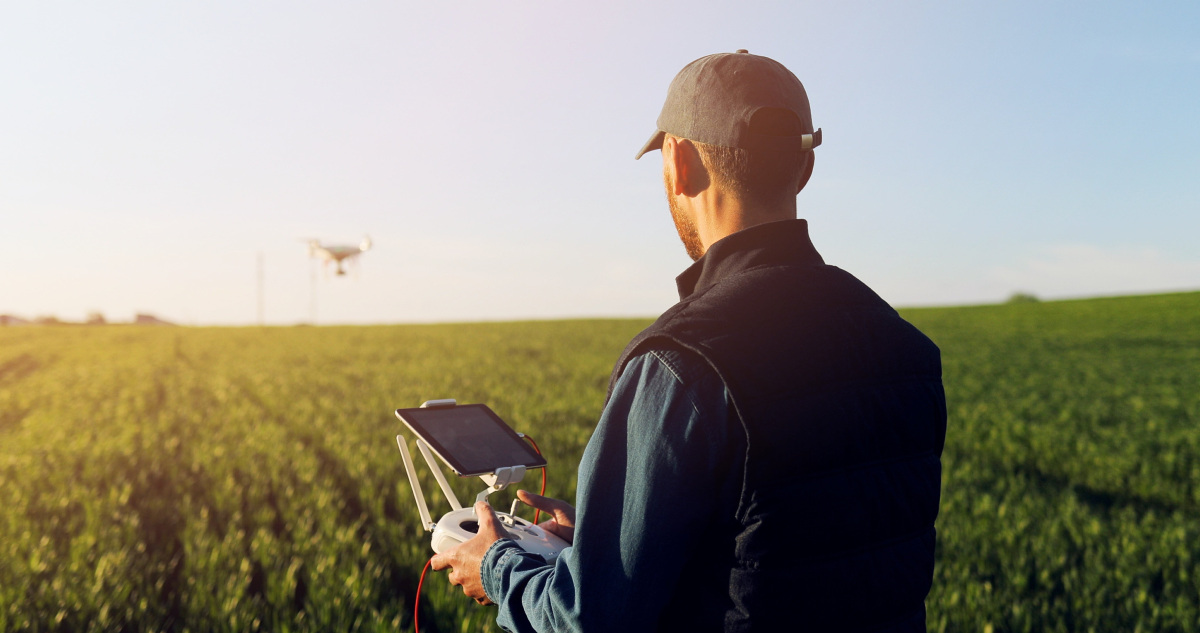An airline captain makes a coronavirus career change to drones and discovers his
training in human factors and non-technical skills is just as valuable on the ground
By Angela Stevenson
The airline pilot
Before COVID-19, Michel Durand was a Boeing 737 captain, based in Melbourne and always passionately aviation-inclined.
He clocked up a few thousand charter hours in the rough and tumble of outback Northern Territory and says his favourite aircraft is the 737. ‘It’s old-school stick and rudder—cables, control column and skill—the 737 has teeth,’ he says.
After 12,000 airline hours, Durand finds himself a part of significant history, with the pandemic jamming the airbrakes on pilots’ careers—at least for the time being. Hanging up the four-bar blazer, even temporarily, hasn’t been easy.
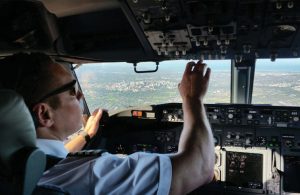
But there are silver linings. Durand is thankful for more time spent with his family and finds he is making good use of his human factors (HF) knowledge and non-technical skills (NTS).
He believes he was better equipped to deal with the fallout from COVID-19 because of this training. ‘If you’re dealing with a situation you weren’t prepared for, your approach and the way you embraced the training can arm you with the skills to survive those moments, as well as life in general,’ he says.
Durand draws on this knowledge in his new role as a drone pilot to make the environment safer, especially for the farmers he works with. ‘It hugely supports my life and what I do, from performing a risk analysis, to the feeling you get when something isn’t right. That’s a combination of practical and theoretical training.’
The drone agribusiness
Determined to make a life in aviation outside of his temporarily hangered piloting career, Durand began to consolidate what had already presented itself as an opportunity.
He co-owns Field Master Systems which uses drones to scare pest birds away from crops. Durand and his two business partners—another pilot and an aircraft engineer—come from farming backgrounds. They identified a problem and saw a solution—a straightforward example of industry-translatable non-technical skills. ‘Farmers can’t control rain, hail or frost, but we saw an opportunity to solve the bird problems using drones.’
The company they created uses drones with a speaker to broadcast the calls of wedge-tailed eagles. The farmer flies the drone, usually just after dawn and before dusk, to push pest birds out of targeted areas.
Field Master Systems supplies and demonstrates the drones, then teaches farmers and farm employees how to fly them. The process includes identifying species of pest bird, the types of orchards to be guarded and the terrain. It also covers legal and training requirements in collaboration with Suas Rov (a CASA-accredited drone-training organisation) and provides ongoing support.
‘We also teach them how to do job safety analyses,’ Durand says. ‘This is where HF and NTS come in’. These analyses include onsite inspections to identify the location of people, buildings, roads, trees and hills, and a myriad other site-specific elements. This data builds a picture for the farmer, in their language, of the specific environment for the drone pilots and other workers—to understand what works on their property.
A key element is that Durand has experienced risky situations with drones outside of farming. As a 737 captain, he’s had his fair share of ‘whoa, that was way too close!’ moments. Like the time on approach when he saw what at first he thought was a bird, but was a drone, less than 20 metres from the left wing. Another time, moments from landing, he spotted a drone sitting 300 feet above the threshold.
Drones also present a unique situational awareness challenge in that the pilot is physically removed from what they are flying. ‘In an aircraft you can feel the instrument you are flying,’ he says. ‘With drones you rely on your eyesight—you’re heavily dependent on your situational awareness to develop that mental model, to correct decision-making according to the operating environment the drone is in.’
As a 737 captain, he’s had his fair share of ‘whoa, that was way too close!’ moments
The cherry farmer
Pest bird damage to cherry crops can cause up to 50 per cent loss. One farmer whose crops were constantly decimated by pest birds before using drones for protection, told Durand this had ‘turned hopelessness into hope’. This stuck in Durand’s mind.
For that farmer, the drone solution was not simply about better economic outcomes (cherry losses were reduced to only a few per cent). What it really meant was ‘peace of mind, safety, and security’ from the constant battle with disappointment. That human factor—the mental health improvement—was significant and important.
For traditional methods of bird scaring, farmers have used gas guns and even shotguns—clearly carrying an inherent risk of injury. Other methods used noisy motorbikes or cars beeping horns.
Aaron Hines, manager of Koala Cherries farm at Yarck in Victoria, has firsthand experience of the tangible and intangible benefits of crop-protecting drones. ‘We all know the sorts of accidents that can happen on motorbikes and quadbikes, roaring up and down the property—it’s far safer and easier to use the drones,’ he says.
And Hines has found the drones with eagle calls are the most effective. ‘They fly well above the birds, making calls, and the birds really don’t like that,’ he says. ‘It’s the combination of the eagle call and the buzzing object.’
Another benefit of using drones for crop protection is the height at which the drones fly. From there, the sound of the eagle call travels further but isn’t as loud as gas guns or cars and motorbikes—a win for everyone on or near the property.
Hines believes using drones to control pest birds is more humane and successful than traditional methods. At the end of a long working day, he goes home not as worried about the crop. Or the neighbours. Or his team.
Translatable skills
Drone users are aviators subject to the same safety disciplines as cockpit pilots—flight planning, weather, radio operations, aerodynamics, fatigue, stress, complacency, threat and error management and situational awareness.
Durand believes aviation has paved the way for developing a framework of HF and NTS guidelines for the drone industry.
In his new career, he delivers not passengers, but drone expertise to his customers, with an experience-based safety focus that understands the value of human factor awareness and non-technical skills. Imparting this knowledge to his customers has become second nature, the lessons of a life in the sky boosting the bounty of the earth.

